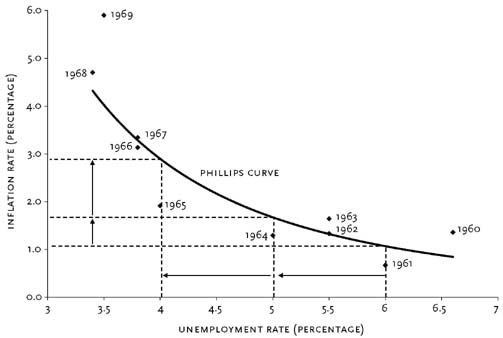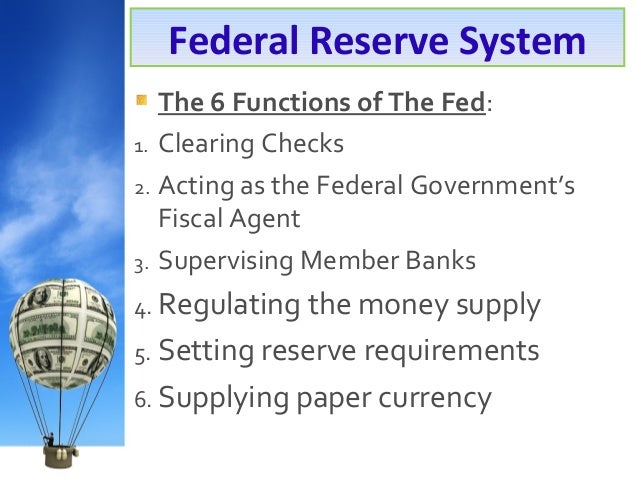Purchasing Power Parity
When the currency rates are set by the International markets changes will be based on the actual purchasing power of the currency.
For example if the US dollar to the European Euro is a $1.5 to one than each one dollar and fifty cents will buy one euro.
However if an item in the US costs a dollar fifty then cost more or less than one euro the parody is lost. Markets will adjust quickly inflating rates or pressure fix rates.
However if an item in the US costs a dollar fifty then cost more or less than one euro the parody is lost. Markets will adjust quickly inflating rates or pressure fix rates.
Why do we exchange currneeycies?
1. Invest in other countries. Stocks and bonds.
2. Sell exports and buy imports.
3. Build factories or stores in other markets
4. Hold currencies in bank accounts for futures imports emports or business loans
5. Speculate on currency values
6. Control imbalances.
1. Invest in other countries. Stocks and bonds.
2. Sell exports and buy imports.
3. Build factories or stores in other markets
4. Hold currencies in bank accounts for futures imports emports or business loans
5. Speculate on currency values
6. Control imbalances.





